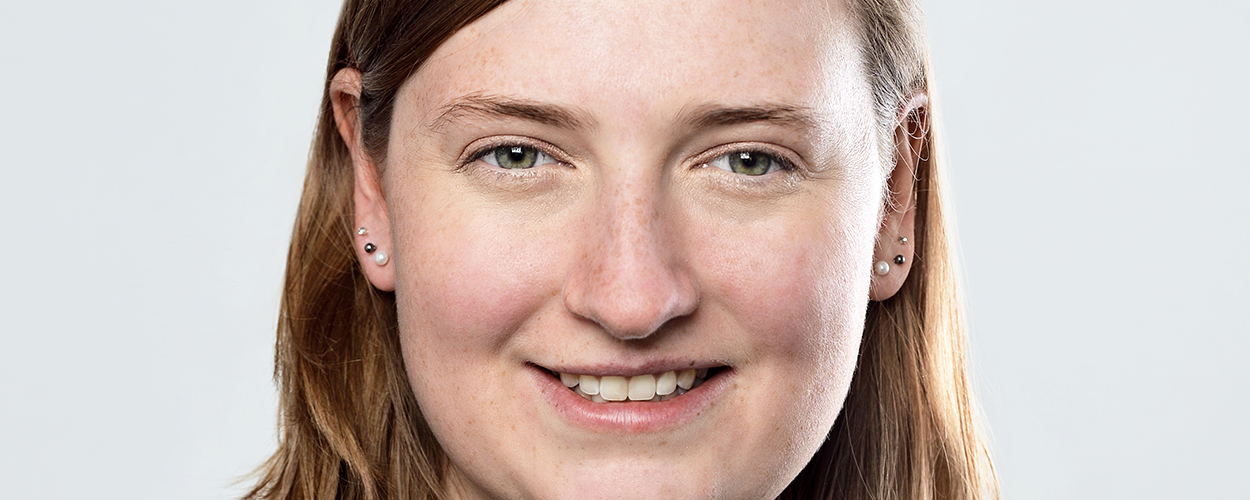This website uses cookies so that we can provide you with the best user experience possible. Cookie information is stored in your browser and performs functions such as recognising you when you return to our website and helping our team to understand which sections of the website you find most interesting and useful.
Business News Digital Education & Events Labels & Publishers The Great Escape 2016
CMU@TGE: Getting more from YouTube
By Andy Malt | Published on Tuesday 7 June 2016

Look out for insights, advice and viewpoints dished out at this year’s CMU Insights @ The Great Escape conference here in the CMU Daily throughout June. This week, some of the takeaways from the YouTube focused strand.
We’ve increasingly heard from across the music industry over the last two years, and particularly in the last twelve months, that YouTube is not pulling its weight when it comes for paying royalties on music. Earlier this year, Metallica and Red Hot Chili Peppers manager Peter Mensch famously said that his artists “don’t get paid at all”.
In a presentation as part of the CMU Insights @ The Great Escape’s ‘What if YouTube really is the future?’ strand, Rebecca Lammers – founder of the Laika Network, an MCN that manages YouTube activity for Pink Floyd, Phil Collins, The Beatles and around 150 up-and-coming musicians – outlined how artists can ensure that they are making money from their content on YouTube.
She noted that there is no per-stream rate on the Google-owned platform – the site only shares revenue earned from adverts displayed against a video. Therefore, monetisation relies on whoever uploads a video agreeing to have adverts alongside that content, and then Google’s sales team selling enough ads.
Seasonal factors have a big impact on those sales, December being the month most YouTube uploaders find brings in the highest level of income, as advertisers spend more money in the run up to Christmas. Equally, there are times of the year when advertising dips.
There are two ways to earn from YouTube, of course. The easiest is to join YouTube’s partner programme, which allows you to place adverts on your own YouTube channel. The second is ContentID, which allows users to monetise or block user-generated content that contains their music. UGC often has higher play counts than official videos, so can be a key revenue generator. However, it is also where confusion can arise.
“To collect UGC royalties, you need to sign up to an MCN, or get your label or distributor to collect money on those videos”, explained Lammers. “Companies with access to ContentID include record labels, distributors, publishers, MCNs and, occasionally, but rarely, certain artists may have access to it as well”.
“We’ve found that, with artists that go through labels or distributors, they quite often outsource the YouTube work to that label or distributor, on both their YouTube channel, and with monetising through ContentID”, she continued. However, she added, artists often miss out on income from YouTube if that label or distributor fails to push more lucrative advert types against their content.
“I really want to hammer this home, if you are not ticking all the boxes when you upload a video to YouTube, then you are not maximising monetisation”, said Lammers. “If you’re not telling them, ‘I want all these ad formats to be served on these videos’, you are not going to be monetising. I’ve come across a lot of different situations where people have been pointing fingers, thinking it’s YouTube’s fault, and really it’s the fault of the marketing assistant at the label, who didn’t tick the boxes when he uploaded the video to the YouTube channel”.
“This is a primary thing that most people overlook and is the primary reason that a lot of people don’t monetise”, she stressed.
Another issue can then arise once the money does start to come in, she added: “A lot of labels and distributors, we’ve often found, are not processing the reports correctly; so that’s something you would want to have a discussion with your label or distributor about, to ensure that they are doing that properly”.
Once there are adverts placed against your videos, the next step is to get people watching them, in order to generate that income. In that regard, says Lammers, “the music industry is quite guilty of not necessarily following the same marketing practice that a lot of the successful YouTubers and vloggers have followed”.
“A lot of musicians are seasonal, so they might upload for a certain period during an album release, but then they go into the studio and they’re not doing anything”, she noted. “This is actually really bad in terms of you being able to monetise on YouTube and to grow a fanbase as well. You need to be constantly uploading on a regular basis – it doesn’t have to be every day, it doesn’t have to be every week, but it needs to be consistent”.
Also, as a lot of artists don’t manage their own YouTube channels, “they’re not replying to fans’ comments, and that is really key to engaging with your fanbase online”.
“You definitely can make money from YouTube, there is definitely lots of money out there, but don’t expect for make millions from day one”, she concluded. “Most of the time I see more than just pocket change once you hit half a million views, or if you have over 20,000 subscribers on your channel and you’re regularly uploading videos”.





